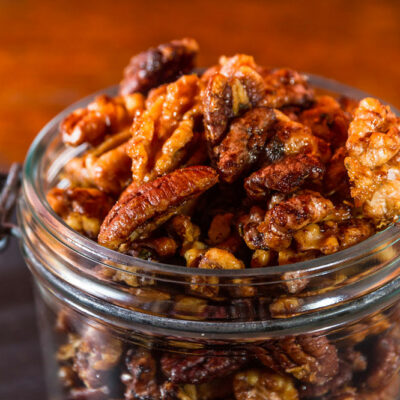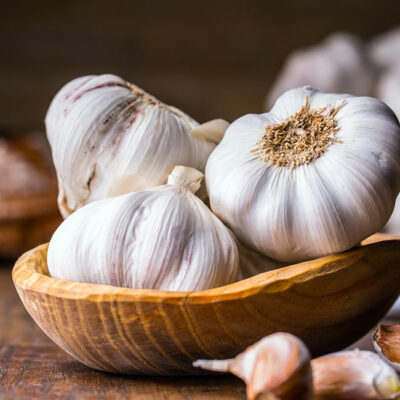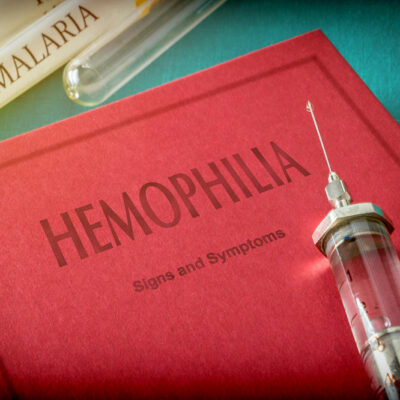
Health
Signs and Natural Treatment Options for Nasal Polyps
Nasal polyps or growths that occur in the nose or sinuses are quite common and can be caused due to allergies, infections, or inflammation. Read on to know some of the warning symptoms and natural treatments for nasal polyps. Symptoms Some of the common symptoms of nasal polyps are: A persistent feeling of stuffiness in the nose A runny rose A reduced or absent sense of taste Facial pain or pressure on the face Headache or pressure on the forehead Pain in the upper teeth Snoring Nosebleeds Postnasal drip Nasal polyps usually cause irritation, inflammation, or swelling in the lining of the nasal passages and sinuses. This is known as chronic sinusitis, and it lasts for more than 12 weeks. However, in some cases, it is possible to have chronic sinusitis without nasal polyps. It should be noted that even though the above-listed symptoms are similar to other common conditions such as a cold if they last for more than ten days, you should consult your doctor. One should seek medical help if they experience any of the following symptoms. Difficulty in breathing Double, reduced, or limited vision and inability to move your eyes Swelling around the eyes Severe headache along with fever and inability to move your head back Natural treatments Read on to further know about the warning symptoms and natural treatments for nasal polyps.
Read More 















